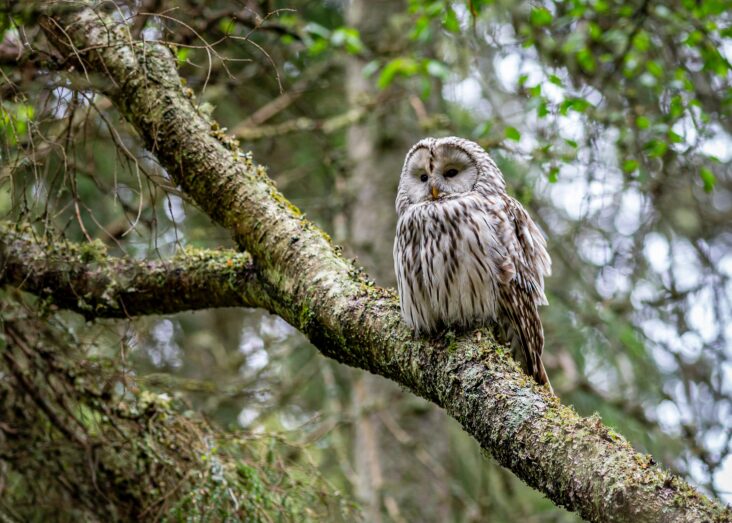Strategies for Protecting and Preserving Wildlife

The world’s wildlife is facing unprecedented threats, including habitat loss, poaching, and climate change. Protecting wildlife and preserving biodiversity is essential for maintaining a healthy and balanced ecosystem. In this blog post, we will explore strategies and initiatives that can help safeguard wildlife and ensure their survival for future generations.
Conservation of Natural Habitats
Preserving and restoring natural habitats is crucial for wildlife conservation. By prioritizing the preservation of biodiverse ecosystems, such as rainforests, wetlands, and coral reefs, we can protect countless species and promote overall ecological health. These habitats serve as sanctuaries for endangered species and provide essential ecosystem services.
Combatting Illegal Wildlife Trade
Illegal wildlife trade, driven by factors such as poaching and wildlife trafficking, poses a significant threat to many species around the world. To address this issue, it is vital to raise awareness about the consequences of this trade and advocate for stronger regulations. By refusing to purchase products made from endangered animals, we can diminish the demand and contribute to the protection of wildlife.
Promoting Sustainable Tourism
Tourism can both uplift and harm wildlife, making it crucial to promote responsible and sustainable practices. Engaging in wildlife-friendly tourism and choosing operators that prioritize animal welfare and conservation are key steps. By supporting ecotourism initiatives, we can provide economic incentives for local communities and contribute to the preservation of natural habitats.
Community-Based Conservation
Involving local communities in wildlife conservation efforts is essential for long-term success. By empowering these communities and involving them in decision-making processes, we foster a sense of ownership and responsibility. Additionally, providing economic incentives for wildlife protection encourages sustainable practices and reduces human-wildlife conflicts.
Educating and Raising Awareness
Education plays a vital role in cultivating a sense of responsibility towards wildlife and the environment. Through educational programs, we can teach people, especially children, about the importance of biodiversity, the impacts of habitat loss, and the interdependence of ecosystems. By raising awareness, we inspire individuals to take action and become advocates for wildlife conservation.
Supporting Conservation Organizations
Reputable conservation organizations are at the forefront of protecting and conserving wildlife. Donating to these organizations and volunteering our time can provide invaluable support. They conduct vital research, implement conservation projects, and advocate for wildlife protection on a global scale.
Addressing Climate Change
Climate change poses a significant threat to wildlife and their habitats worldwide. To safeguard their survival, we must support initiatives and policies that mitigate climate change, promote renewable energy sources, and reduce greenhouse gas emissions. By taking action on climate change, we protect the habitats that many species rely on and ensure their long-term viability.
Conclusion
Protecting wildlife and preserving biodiversity is a shared responsibility. By conserving natural habitats, combatting illegal wildlife trade, promoting sustainable tourism, engaging local communities, educating others, supporting conservation organizations, and addressing climate change, we can make a difference in safeguarding the world’s precious wildlife. Let us become guardians of the wild and work together to ensure a sustainable future for all species.
Stay tuned for the next blog post in our series on environmental sustainability!

